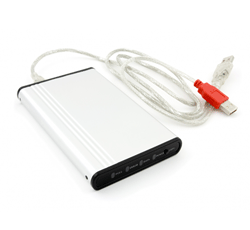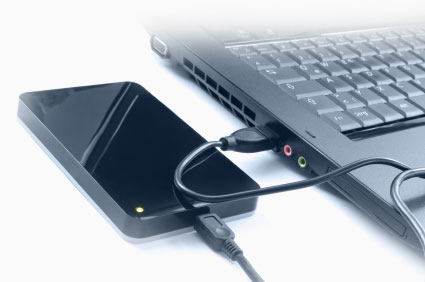

(This is how symmetric-key cryptography works. This same key is then also used to convert data back into a legible format. This transformation is specified by the encryption key. What is encryption?Įncryption uses a complex algorithm to convert a message into a string of characters that are illegible.

If you encrypt your flash drive, it is much more difficult for attackers to get unauthorized access to the data it contains, even if they steal it or you misplace it. Hackers can find a way to put even the most seemingly innocuous data to use for their malicious attacks. Even if you are not handling patients’ personal health information on your flash drive, you will want to keep it secure. 9, 2019, the New York City Fire Department had to notify over 10,000 patients (new window) because an FDNY employee had lost an external hard drive that contained seven years’ worth of medical records.ĭata breaches like this can be avoided if you encrypt your USB peripherals and external storage devices. In many cases, the result is a damaging data breach. But what happens if you lose or misplace one of these devices? And they are becoming more critical as modern-day schooling, work, and life are increasingly awash in data. USB peripherals (commonly known as “flash drives”), memory cards, and external hard drives all make backing up and sharing your data simple.
#Usb backup hard drives update#
Warning: The "clean" command will erase everything, including data, partition, type, and the drive will appear blank with the label unknown and not initialized.Last update on NovemPublished on September 8, 2020.Type the following command to completely erase the drive and press Enter: clean.Otherwise, you may end up erasing the data in the wrong storage, which cannot be undone. In the command, make sure to select the correct drive. Type the following command to select the hard drive not showing up in File Explorer and press Enter: select disk 1.Type the following command to list the available disks and press Enter: list disk.Type the following command to launch the diskpart tool and press Enter: diskpart.Search for Command Prompt, right-click the top result, and select the Run as administrator option.If this is the case, you can use DiskPart to clean the drive and start from scratch.
#Usb backup hard drives how to#
How to fix missing hard drive in File Explorer using DiskPartĪlternatively, if the hard drive appears in Disk Management, but the storage is not usable, meaning that you cannot access the data, and you cannot use the format option or assign a drive letter, then it could be a logical problem.
#Usb backup hard drives driver#
Select the folder with the extracted driver files.Īfter you complete the steps, the driver will install, and the hard drive should be accessible on Windows 10.Right-click the hard drive in question and select the Properties option.Search for Device Manager and click the top result to open the app.

To enable a hard drive using Device Manager on Windows 10, use these steps: If this is the case, you can enable it quickly using Device Manager. In the rare case that the storage does not appear in Disk Management and File Explorer, it could mean that the hard drive seems to be disabled. How to fix missing hard drive in File Explorer using Device Manager Once you determine that it is not a physical problem, you can use the following recommendations to fix the most common problem preventing File Explorer from showing a hard drive. Since the motherboard firmware is a different per manufacturer and even per-device model, check the manufacturer support website for more specific instructions.


 0 kommentar(er)
0 kommentar(er)
